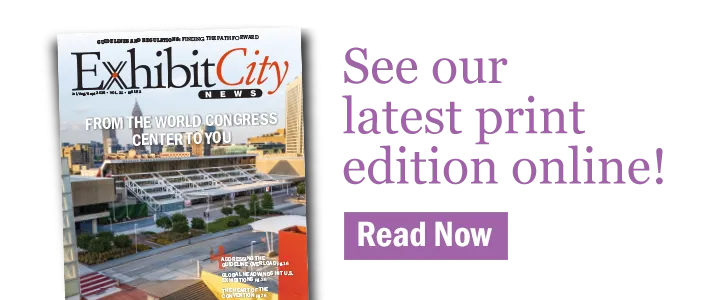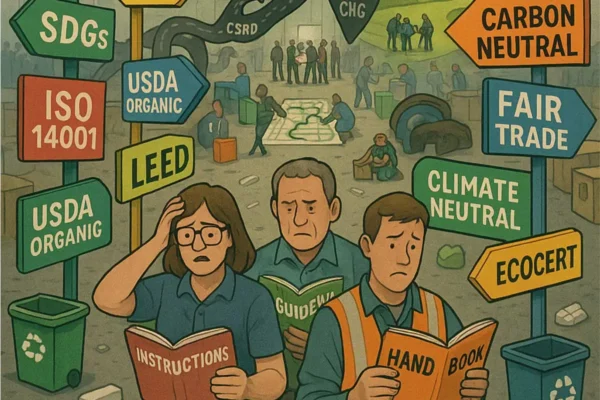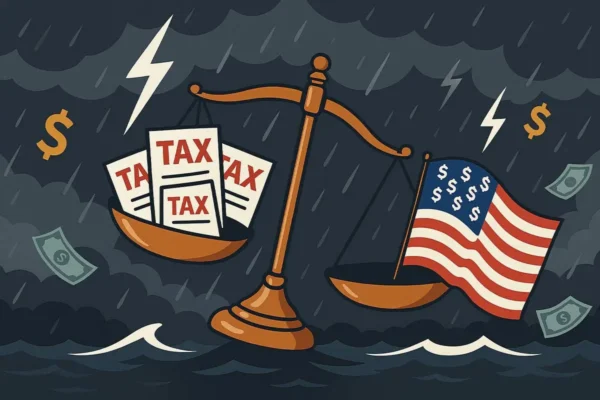Much like every other facet of the tradeshow industry, mobile exhibits have experienced fluctuation due to the current economy. Recently, however, the amount of exhibits and marketing environments roaming the nation is on the rise.
“Historically, display efforts had been focused in most cases on activating one to two major events per week,” said Bill Bissmeyer, vice president of Performance Marketing Group (PMG). “We now have clients who are activating four to five different promotions with the same display in multiple markets per week.”
Thanks to the popularity of projects like Lay’s Mobile Farm and Kashi’s Real Tour, other companies are latching onto the idea of bringing an experience to the people, rather than letting the attendees visit a stagnant tradeshow booth. And for most clients, traveling across the country means creating and opening a unique form of communication directly with the consumer.
“Clients are no longer looking for just a mobile environment,” said Andrew Nigro, marketing and communications specialist, Exhibit Concepts. “They are looking for a mobile campaign that can translate into street teams, tradeshow exhibits and on-going sales tools.”
But the idea of a mobile exhibit is far more complicated than jumping into a car and heading down the highway. Each element and detail of the exhibit must be designed for easy set-up and optimized traveling while remaining interesting and engaging to those who attend.
“Before we begin designing any environment, there must be a ‘story’ and an agreed upon set of messages that this story is built upon,”
said Brian Ernst, senior designer, Exhibit Concepts. “Through the creative process, the ‘story’ becomes tangible, with 3-dimensional exhibit elements – graphics, video, interactive objects, artifacts, etc.”
Each mobile exhibit, much like each tradeshow booth, is completely different. Clients who decide to take on a mobile exhibit each want to have an exclusive and alluring concept.
“Just because something works in one environment does not mean that it should be implemented across the board,” said Bissmeyer. “We focus on listening to the clients and understanding their goals, then developing the assets that meet these needs.”
A big part of putting a mobile exhibit together is deciding what kind of vehicle to use as the skeleton for building. As it turns out, bigger is not always better.
“Depending on the project, industry and target audience, in my opinion, the smaller 25-foot vehicles are more flexible and are a very cost-effective solution,” said Chris Beckstedt, account executive, Exhibit Concepts. “One of the challenges of building a mobile exhibit is the endless possibility of vehicles.”
One of the factors that goes into choosing a vehicle for a mobile exhibit is the impact on the environment. Not only are clients worried about being cost-effective, they’re also concerned with their ecological footprint while traveling.
“Clients are requesting better fuel economy from the vehicles, and lighter materials and recycled products to be included in the build,” said Nigro. “Some clients have even requested alternative fuel vehicles, using the same oil from food frying to power the vehicle. The options for innovative and ‘green’ possibilities on a mobile environment are truly endless.”
Once the designers choose what vehicle to use and which elements to incorporate, the next thing is to market the tour and the mobile exhibit to the public. These marketing strategies range from things like TV and broadcast advertising to mailing out invitations and event posters.
For example, Kashi used TV commercials to let the nation know that they were going to be traveling across the
Coordinating the trip and creating buzz helps determine the details of the tour, such as what cities the exhibit should go to and what kind of attendance is expected.
“Some clients have a schedule in place from sales reps for regional events, some have distributor buy-ins and some have call-in requests for vehicles to be at certain locations for educational purposes,” said Beckstedt. “Marketing varies depending on desired results.”
However, even though a comprehensive, pre-launch marketing strategy may seem to be successful, the real benefit of a mobile exhibit will not be determined until it hits the road.
While the exhibit is out, designers are keeping an eye on the success of each stop, making sure that time is being well-spent to engage people and create buzz.
“The program managers should have a good feel from the regional and channel mangers about the expected turn-outs at each scheduled
event,” said Nigro. “From there, depending on the matrix we create with our customer, we begin on-site measurement to determine how many people are engaged and were ‘touched’ by the exhibit.”
A mobile exhibit is a unique way to reach out to communities, establish brands and help drive sales within a company.
“The program managers should have a good feel from the regional and channel managers about the expected turn outs at each scheduled event, in addition to pre-event consumer responses,” said David Pruitt, account executive, Exhibit Concepts. “It is by far the best environment to create a B-to-B relationship.”

































